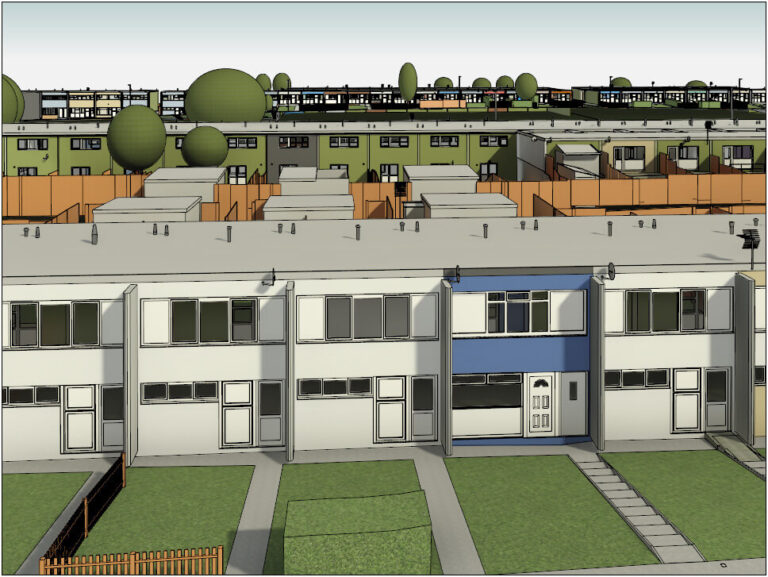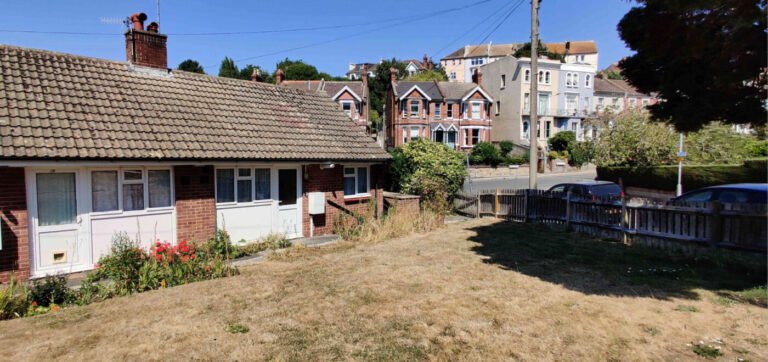The Warm Homes: Social Housing Fund (WH:SHF), formally known as The Social Decarbonisation Fund (SHDF) is a proactive government fund launched in 2021. Since the initial demonstrator £1.1 billion has been awarded across Britain. As well as The SHDF Demonstrator (2021), we saw funding in SHDF Wave 1 (2022), SHDF 2.1 (2023) and SHDF 2.2 (2024).
The Warm Homes Plan plan introduced on 23rd September 2024 looks at local grants (previously known as the Home Upgrade Grant) as well as social housing funding. On October 2nd 2024, the government launched the latest social housing initiative offering £1.25 billion to local authorities, combined authorities, registered providers of social housing and registered charities. The delivery window for this wave will run to 30th September 2028.
The key aims and objectives are clear. The current government has taken in the positives and negatives of the previous runs. The current aims and objectives are listed below.
WH:SHF AIMS
- Fuel Poverty: Reduce the number of households in fuel poverty by improving the energy efficiency rating of social homes below EPC band C and thus reducing energy bills. On this basis, resident energy bills must not increase as a result of the retrofit works, relative to what they would otherwise have been.
- Carbon: Deliver cost-effective carbon savings to contribute to carbon budgets, and progress towards the UK’s target for Net Zero by 2050 by reducing CO2 emissions from social housing.
- Residents: Improve the comfort, health, and well-being of social housing residents by delivering warmer and more energy-efficient homes.
- Green Economy: Support economic resilience and a green recovery in response to the economic impacts of COVID-19, supporting thousands of jobs.
- Develop the Retrofit Sector: Create the conditions for growth in the retrofit supply chain capacity and capabilities, boosting productivity and innovation in the construction sector. Additionally, upskilling social landlords in retrofit to support future improvements to energy efficiency in the social housing sector.
gov.uk – ‘Warm Homes: Social Housing Fund Wave 3. Scheme Guidance‘
The initiative doesn’t simply recognise the urgent challenges posed by climate change. Moreover, WH:SHF actively contributes to the development of lasting solutions for social housing.
SOCIAL IMPACT
The previous SHDF waves have had huge social impacts and it’s clear this is a key aspect of WH:SHF. The Social Housing Fund highlights that every individual needs a home that is both warm and cost-effective. It goes beyond the traditional approach to social housing and integrates eco-friendly practices and community-centred designs. This showcases a commitment to sustainability and social well-being.
ECONOMIC & ENVIRONMENTAL BENEFITS
The ripple effects of WH:SHF extend to the economy and the environment too. By investing in energy-efficient buildings, utility costs are reduced for residents. The Social Housing Fund also contributes to the broader goal of reducing greenhouse gas emissions. This forward-thinking approach boosts local economies through job creation in construction and maintenance underlining how social housing can be a catalyst for positive change across various sectors.
The WH:SHF programme aims to increase the energy performance of 1.2 million social homes below band C of the EPC. Overall, this ties into the aim of Net Zero by 2050.

INNOVATION IN HOUSING
Overall, WH:SHF is a testament to innovation, utilising modern design principles and technologies to create spaces to benefit the specific needs of its community.
The Wave 3 guidance specifies how its practices can be related to mixed tenure and non-social homes, revisiting homes from previous waves and the minimum number of 100 homes per application.
ENHANCING QUALITY OF LIFE
At its core, WH:SHF is about enhancing the quality of life for its residents. Consideration of residents is a stand-out section of the WH:SHF. It outlines the need to improve the comfort, health and well-being of Social Housing residents in section 2.
Based on learning from previous waves the government has highlighted the importance of resident engagement. The successful delivery of a project and access to buildings may come down to community engagement. Contractors during application, planning and implementation must have a resident-centred approach. This could have a positive impact on a company’s social value and benefit the whole sector in the long run.
CHALLENGES AND SOLUTIONS
WH:SHF is about enhancing the quality of life for its residents. Specifically, consideration of residents is a stand-out section of the WH:SHF. It outlines the need to improve the comfort, health and well-being of Social Housing residents in section 2.
Based on learning from previous waves the government has highlighted the importance of resident engagement. Therefore, the successful delivery of a project and access to buildings may come down to community engagement. Contractors during application, planning and implementation must have a resident-centred approach. This could have a positive impact on a company’s social value and benefit the whole sector in the long run.
CONCLUSION
In conclusion, the warm Homes: Social Housing Fund Wave 3 will upgrade a huge amount of the current housing stock and have a significant impact on the residents. The allotted time of Wave 3 compared to previous waves shows the new government understands the significance of previous SHDF funding windows.
The Warm Homes Plan, as a whole, promises to upgrade 5 million homes over the next 5 years through the WH:SHF and WH: Local Grants initiatives.
WH:SHF specifically has a focus on upgrading housing stock to meet an EPC rating of C. The long-term effect of this cannot be underestimated. The £1.25bn cost of renovations on social housing may seem a lot to some. However, increasing the energy performance of over 1.2 million homes through the WH:SHF scheme alone will help boost the green economy, and its workforce, whilst reducing energy bills for residents in social homes across the UK.
Previous waves have worked incredibly well so far. The WH:SHF wave 3 can look back on the effectiveness of retrofit work and scale up the plans in its latest instalment. The increased budget will help normalise retrofit as a long-term solution and increase its effectiveness in the coming years.
Lastly, WH:SHF wave 3 will play a highly important role in upgrading the country’s ageing, inefficient housing stock. Its predecessors have laid important groundwork. Increased time and budget will ensure the benefits are felt by both the current and future generations.










